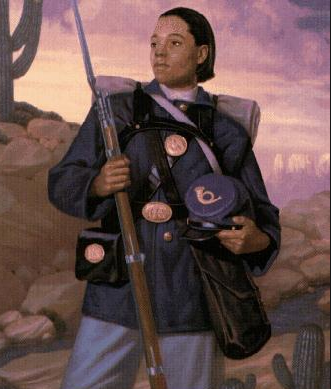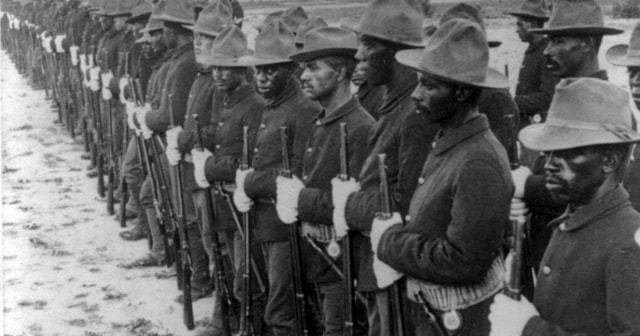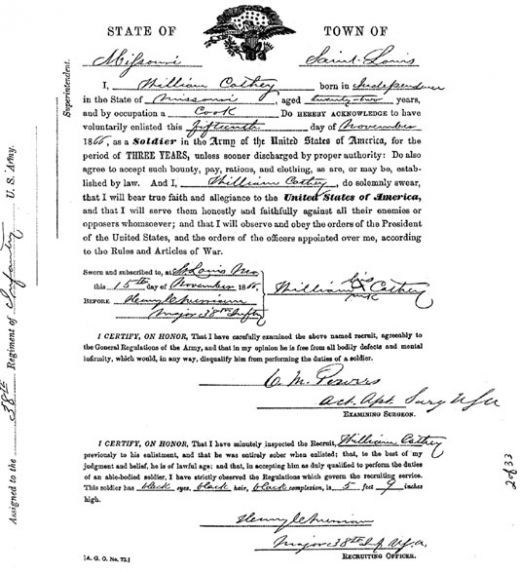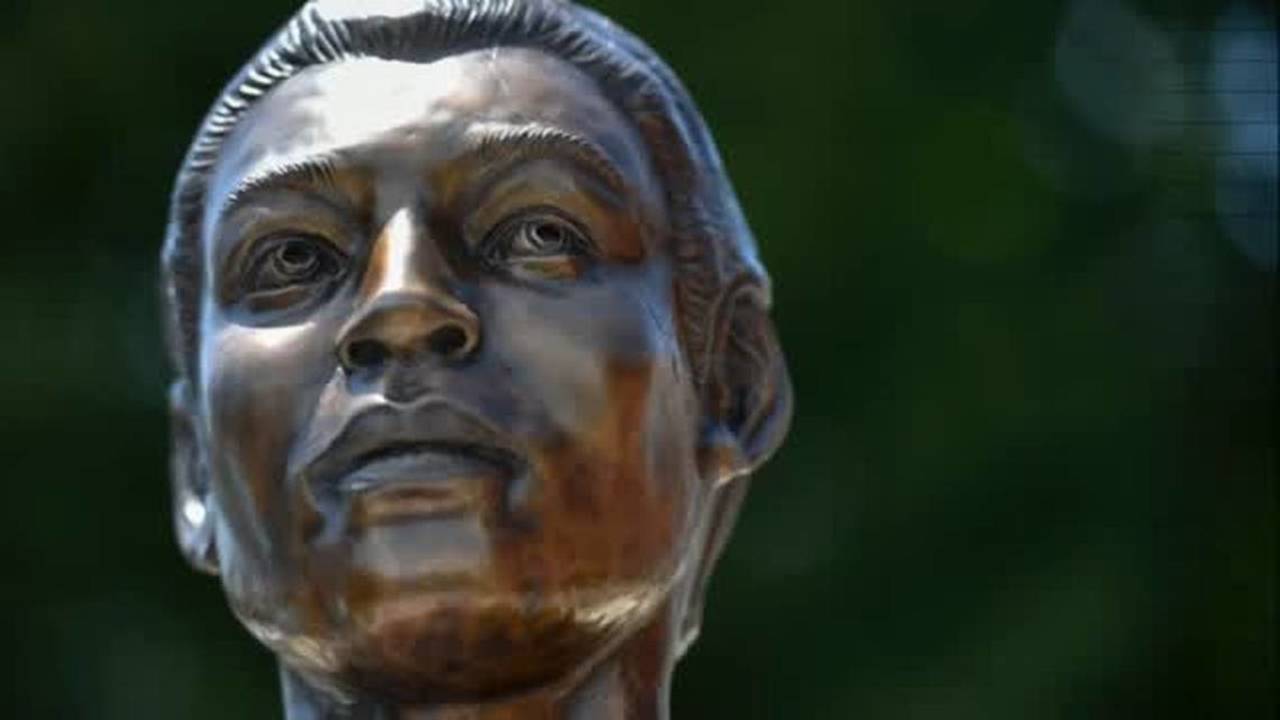|
Here's a warm-up to get you excited for my new book. Standing Up Against Hate: How Black Women in the Army Help Change the Course of WWII tells the story of the first African American women to join in the U.S. army. At least I thought it did. Turns out a black woman soldier in the 1860s beat them to it.  Painting by William Jennings, U.S. Army Profiles of Bravery Painting by William Jennings, U.S. Army Profiles of Bravery Cathey Williams disguised herself as a man and enlisted in Company A of the Thirty-Eighth Infantry Regiment in St. Louis, November 1866. She switched her name to William Cathey, and after what must have been a cursory exam, the army surgeon declared her fit for duty. Private Cathay was 22-years-old and had actually been serving as an cook for the army throughout most of the civil war. Cathey told her story to a reporter for the St. Louis Daily Times in 1875. "My Father a was a freeman, but my mother a slave....While I was a small girl my master and family moved to Jefferson City, [Missouri]....When the war broke out and the United States soldiers came to Jefferson City they took me and other colored folks with them to Little Rock. Col. Benton of the 13th army corps was the officer that carried us off. I did not want to go. He wanted me to cook for the officers, but I had always been a house girl and did not know how to cook." She had little choice. She learned to cook. At sixteen, swallowed by the union army, Cathey saw the Battle of Pea Ridge, a major battle of the Civil War fought near Leetown, northeast of Fayetteville, Arkansas, after which her unit traveled to Louisiana. "I saw the soldiers burn lots of cotton and was at Shreveport when the rebel gunboats were captured and burned on Red River." As a servant under General Phillip Sheridan, Cathey saw the soldiers' life on the front lines as his army marched on the Shenandoah Valley. After the war, African American soldiers were posted to the Western frontier, where they battled Native Americans to protect settlers, stagecoaches, wagon trains and railroad crews. They became known as “Buffalo Soldiers,” apparently so-named by Native Americans, though history's a little thin on when and why. After working for the army throughout the war, it's little wonder Cathey came up with the scheme to enlist as the fighting came to a close. With cunning and courage she found a way to survive when opportunities for black women were few to none. As a Buffalo Soldier, Cathey learned to use a musket, stood guard duty and went on scouting missions. After serving at Fort Riley, Kansas for some months, her company marched 563 miles to Fort Union, New Mexico. Official reports show Buffalo Soldiers were often sent to the most bitter posts and suffered racist officers, severe discipline and crummy gear, food and shelter. In two years of service, mostly in New Mexico, Cathey needed hospital care four different times for illnesses ranging from "the itch" to rheumatism, yet maintained her secret. Cathey enlisted for three years, but after two, she was tired of army life and wanted out. She told the St. Louis reporter, “I played sick, complained of pains in my side, and rheumatism in my knees. The post surgeon found out I was a woman and I got my discharge." All indications are that she was a good soldier. After her honorable discharge, Cathey worked as a civilian cook and washer woman. Until she could not longer work due to diabetes and nerve pain which required the amputation of her toes. She was unable to walk without a crutch.
In 1891, Cathey petitioned for a veterans pension and benefits. The government rejected her claim, not because she was a woman, that was never argued. The army doctor who examined her found her to be fit, not disabled enough for benefits. There's no record of the life or death of Cathey Williams following that denial of benefits. Sources: http://blackhistorynow.com/cathay-williams/ http://www.buffalosoldier.net/CathayWilliamsFemaleBuffaloSoldierWithDocuments.htm Comments are closed.
|
I'm fascinated to discover little-known history, stories of people and events that provide a new perspective on why and how things happened, new voices that haven't been heard, insight into how the past brought us here today, and how it might guide us to a better future.
I also post here about my books and feature other authors and their books on compelling and important historical topics. Occasionally, I share what makes me happy, pictures of my garden, recipes I've made, events I've attended, people I've met. I'm always happy to hear from readers in the blog comments, by email or social media. Archives
September 2023
Categories
All
|



